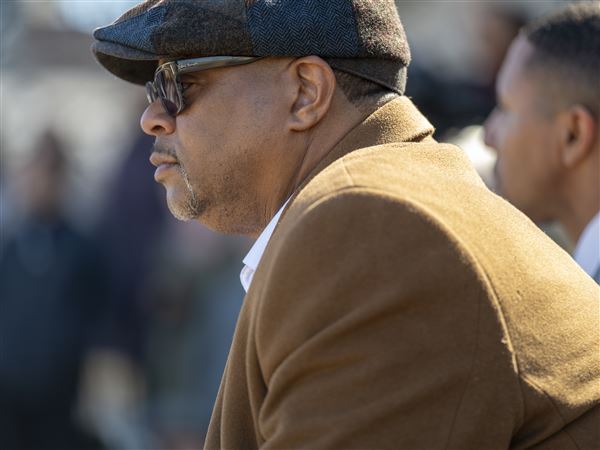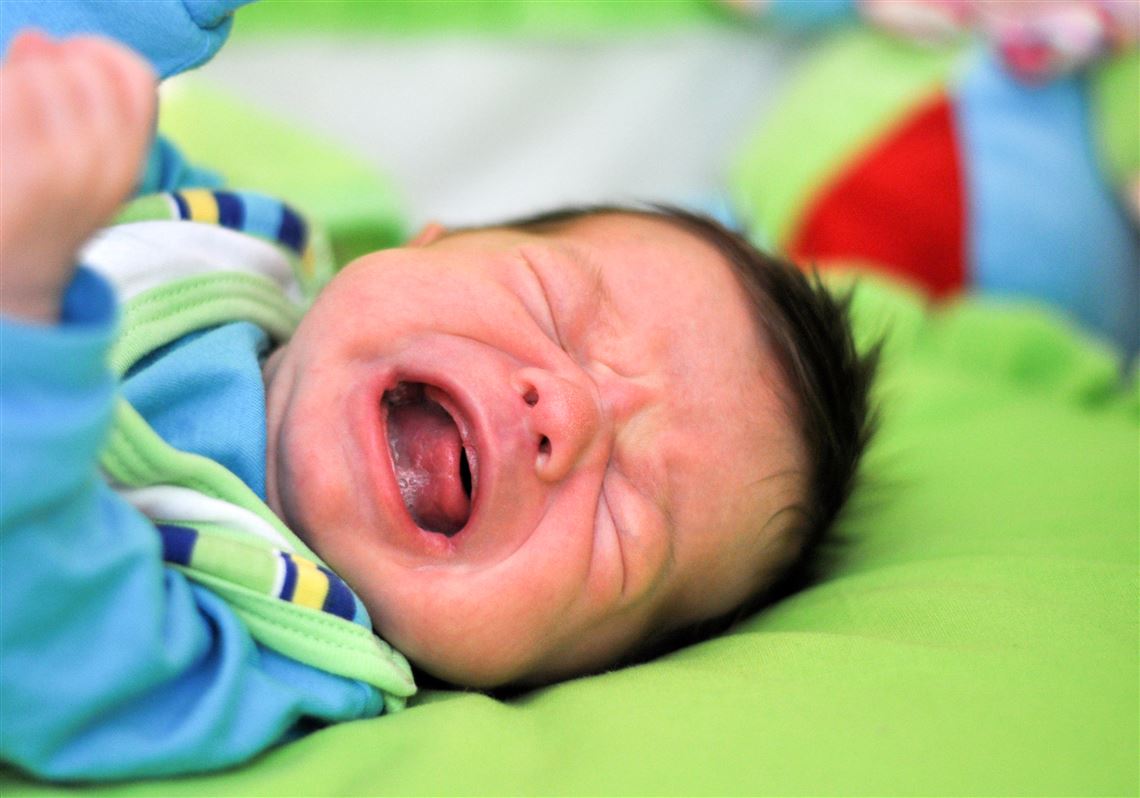The death of a McKeesport 5-month-old on Sept. 4, who had injuries indicating he had been shaken, has raised concerns about infants sustaining abusive head trauma and how caregivers can manage frustration to prevent infant injury.
In a different case, prosecutors are seeking the death penalty for Jordan Neil Clark, 36, who was arrested on Jun. 7 on charges of homicide and three counts of aggravated assault and endangering a child. First responders arrived on the scene to find Clark kneeling over his unconscious 11-week-old and said he slipped on a grocery bag and fell onto the infant. A medical report noted that the baby’s injuries were “gravely concerning for physical abuse” and were not “consistent with the provided history that this child’s father fell on him from a standing height.”
Abusive head trauma can occur when a parent or caregiver shakes an infant or slams the baby down onto a surface, often due to frustration from the infant’s inconsolable crying. Young infants’ neck muscles are not developed enough for them to support their own heads, which are disproportionately big for their bodies. Shaking an infant jostles the brain against the skull and can bruise the brain, damage neurons in the brain and tear blood vessels. This can lead to brain damage, hemorrhaging and death. A telltale sign of this injury, said Dr. Joseph Aracri, chair of Allegheny Health Network Pediatric Institute, is bruising behind the eyes, from the brain hitting the front of the skull.
Dr. Scott Krugman, vice chair of the department of pediatrics at the Herman and Walter Samuelson Children’s Hospital at Sinai in Baltimore and a spokesperson for the American Academy of Pediatrics, said that “abusive head trauma” is a more inclusive term than “shaken baby syndrome,” because it represents a “constellation of injuries.” Abusive head trauma affects around 1,300 babies in the U.S. each year according to recent research and is one of the leading causes of child abuse deaths, along with neglect.
Infants are typically able to hold their own heads up at around 6 months, when their neck muscles get stronger, so babies under 6 months of age to one year are most at risk. Dr. Krugman said most children’s hospitals see this injury regularly, but that it can pop up in clusters: during his first year, he saw five cases, and then no cases another year. Dr. Aracri said that at AHN, he hasn’t seen a case of shaken baby syndrome in a long time.
Dr. Krugman said that the usual methods of trying to calm a baby, like rocking or bouncing it up and down, aren’t the main cause of injury. What makes an injury life-threatening in this case is the brain hitting the skull, or neurons in the spinal cord severing from the force of sudden shaking. He also said that by the time an infant is diagnosed with a head injury, there are usually signs that there have been prior episodes of abuse, like the bruising behind the eyes, or even a bruise on the skull under the hairline, indicative of bleeding or skull fracture.
At around 3 months of age, infants can begin to cry for hours, Dr. Krugman said, so it’s important for parents and caregivers to manage their stress. “Do what you need to do to get calm so you don’t hurt the baby,” he said.
Dr. Aracri agreed that the best way to prevent pediatric abusive head trauma is to put the baby down and walk away. “Give yourself a timeout, and make sure you have support,” he said.
This could include setting the baby down in the crib and taking a breath in the other room, or momentarily passing the baby to a trusted family member or friend. “Most parents aren’t out to hurt their children intentionally,” said Dr. Krugman, but they’re not always thinking about how life-threatening an injury can be in a moment of sleep deprivation and intense stress.
It’s also important to ensure the child is comfortable: crying may signal hunger, pain, needing a clean diaper or being too hot or too cold.
“Usually, when a baby is crying, they have a need that needs to be met,” said Dr. Aracri. “The hard part as a parent is figuring out what that need is.”
“There’s a lot of stress in general in our society right now, and that’s not helping,” said Dr. Krugman. A recent study from Paris found that incidents of pediatric abusive head trauma increased during the second year of the pandemic. Dr. Krugman cautioned that “anything that drops your threshold of being able to cope increases the risk of abusive head trauma” for a baby.
Children’s Mercy Hospital of Kansas City, Missouri and the University of Texas Health Science Center recently created an app that lists common signs of child abuse and simulations of certain injuries that caregivers and medical practitioners can watch out for. The app is free to download for Android phones and iOS.
The American Academy of Pediatrics also lists ways to calm a fussy baby on the website healthychildren.org. Suggestions include turning on white or background noise, swaddling or taking them for a ride in a stroller, as it reminds them of the comforting rocking movement of being in the womb.
If nothing seems to work, the site suggests the parent or caregiver may need a break, and recommends putting the baby in a safe place such as a crib or playpen for 10 or 15 minutes.
Hanna Webster: Hwebster@post-gazette.com
First Published: September 18, 2022, 10:00 a.m.
Updated: September 18, 2022, 1:15 p.m.


















